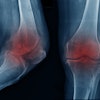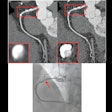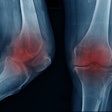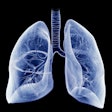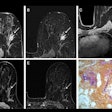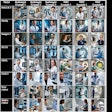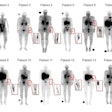J Nucl Med 1995 Dec;36(12):2175-9
Carbon-11-methionine PET evaluation of intracerebral hematoma: distinguishing
neoplastic from non-neoplastic hematoma.
Ogawa T, Hatazawa J, Inugami A, Murakami M, Fujita H, Shimosegawa E, Noguchi K,
Okudera T, Kanno I, Uemura K, et al.
Department of Radiology and Nuclear Medicine, Research Institute of Brain and
Blood Vessels, Akita, Japan.
We evaluated whether PET with L-methyl-11C-methionine (11C-methionine) was
clinically useful in distinguishing neoplastic from non-neoplastic intracerebral
hematoma. METHODS: We examined eight patients with neoplastic (n = 4) or non-neoplastic
(n = 4) intracerebral hematomas between 5 and 68 days after the bleeding episode
using PET with 11C-methionine (Met-PET). RESULTS: Carbon-11-methionine
accumulated in the area surrounding the hematoma in both groups, except in one
patient with an acute hypertensive hematoma. Between 22 and 45 days after the
ictus, non-neoplastic hematomas showed increased 11C-methionine accumulation
largely in accordance with the contrast-enhanced areas on CT or MR images;
whereas between 14 and 68 days after bleeding, neoplastic hematomas showed
increased 11C-methionine accumulation that extended beyond the contrast-enhanced
areas on CT or MR images. The intensity of 11C-methionine accumulation in tumor
tissue was greater than that in non-neoplastic hematomas. CONCLUSION:
Preliminary results suggest that Met-PET can distinguish neoplastic from non-neoplastic
hematomas on the basis of differences in lesion extent compared with CT or MR
findings.


